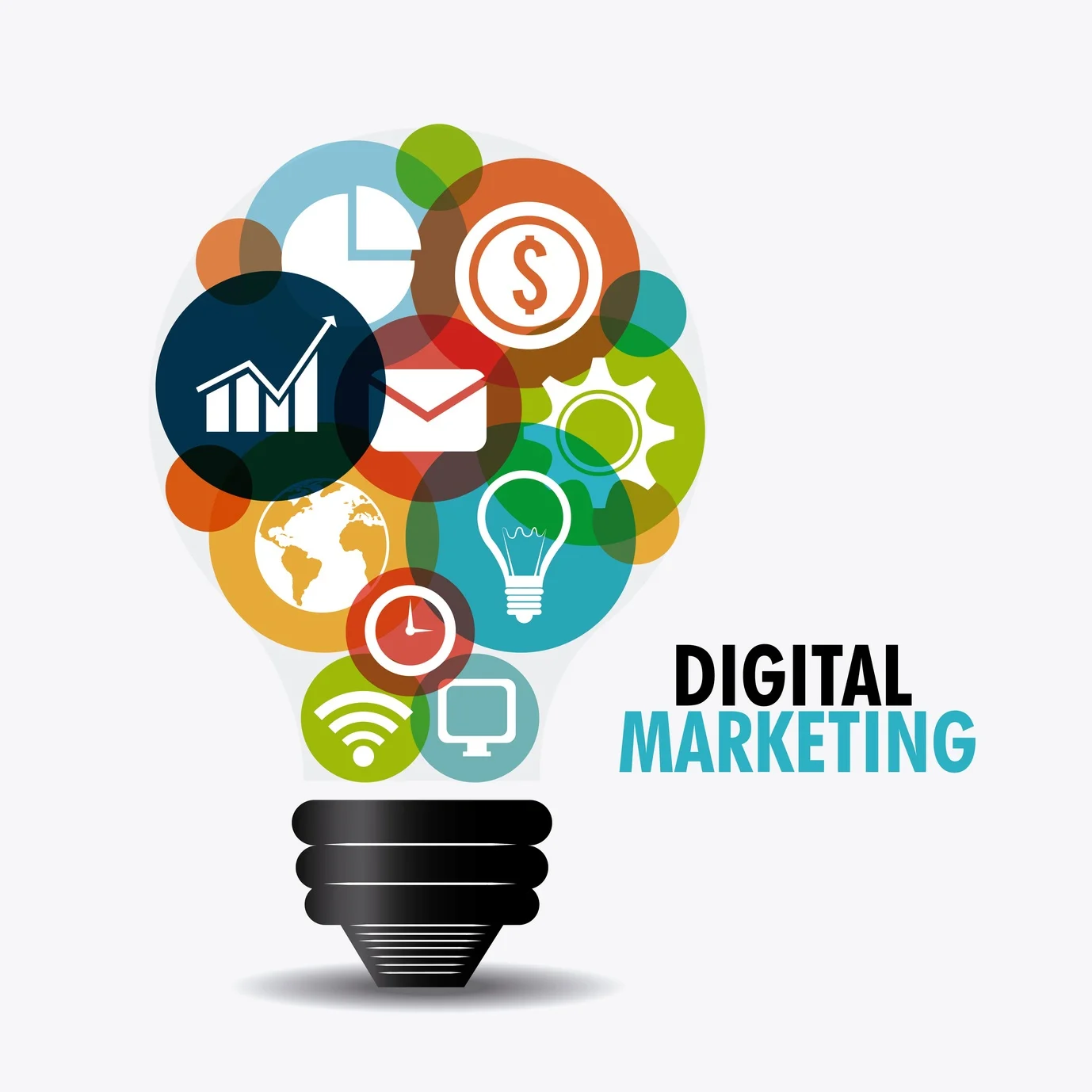Understanding Email Segmentation

Email segmentation is a marketing strategy that divides an email list into smaller, more targeted groups. This technique helps businesses tailor their messages based on specific criteria. Common criteria include demographics, behavior, and interests.
By sending more relevant emails, companies can improve engagement rates. Higher engagement often translates to better open and click-through rates. Marketers see improved ROI from their campaigns when they employ segmentation.
This approach allows for more personalized content. Recipients are more likely to respond positively to emails that speak directly to their needs and preferences. Additionally, it helps reduce email unsubscribes. When customers receive content that resonates, they are less likely to opt out of email lists.
Overall, segmentation ensures that marketing efforts are both efficient and effective, delivering better results and fostering stronger customer relationships.
Importance of Email Segmentation in Marketing

Segmenting an email list is crucial for modern marketing. It allows businesses to send more precise, relevant messages. This relevance increases the likelihood of engaging recipients. Email segmentation enhances customer satisfaction by addressing specific needs.
Moreover, it improves the efficiency of marketing campaigns. Companies can target particular groups rather than sending general emails to all. This targeted approach often leads to higher open rates and click-through rates.
Marketers also benefit from better allocation of resources. Budget and time are spent on strategies that yield high returns. Segmentation helps identify which segments are most profitable, allowing for smarter investments.
Additionally, segmentation minimizes spam complaints and unsubscribes. When people receive content suited to their interests, they’re less inclined to opt out. In summary, segmentation is a vital tool for maximizing the effectiveness of email marketing efforts.
Benefits of Targeted Email Campaigns
Targeted email campaigns offer numerous advantages for businesses. One key benefit is increased engagement. When emails are tailored to specific segments, recipients are more likely to open and interact with them.
Another advantage is higher conversion rates. Customized messages resonate better with recipients, encouraging them to take desired actions, such as making a purchase or signing up for a service.
Targeted emails also improve customer retention. Sending relevant content strengthens customer relationships, making them more likely to stay loyal to the brand.
Additionally, these campaigns lead to more efficient use of marketing resources. By focusing on specific groups, businesses can allocate their budget and effort more effectively, reducing wasted resources.
Finally, targeted email campaigns provide valuable insights. Marketers can analyze the performance of different segments, adjusting strategies to optimize results. This data-driven approach fosters continual improvement and better outcomes over time.
Segmenting Your Email List
-min.jpg)
Segmenting Your Email List
For effective marketing, segmenting an email list is crucial. Businesses can start with demographic segmentation strategies. This involves dividing the list based on factors like age, gender, location, and income. Such segmentation ensures messages reach the right audience.
Behavioral segmentation techniques offer another layer of precision. These techniques analyze customer behavior, such as purchase history and website activity. This approach enables businesses to tailor messages based on individual actions.
Segmentation also includes psychographic elements like interests and lifestyle preferences. Understanding these aspects helps create more personalized emails.
Another useful method is lifecycle stage segmentation. Recognizing where a customer is in their journey, whether they’re a new subscriber or a loyal client, influences the type of content they receive.
Businesses can combine different strategies for optimal results. A multi-faceted approach ensures that emails are highly relevant to recipients, boosting engagement and conversion rates.
Demographic Segmentation Strategies
Segmenting an email list according to demographics is a fundamental strategy for effective marketing. Businesses can categorize their audience based on age, allowing targeted messaging that resonates with different generational groups. Gender is another key factor, enabling more personalized content that appeals to specific male or female preferences.
Location-based segmentation helps in tailoring emails to suit regional events or local needs, making the message more relevant. Income segmentation allows businesses to pitch products and services appropriately, matching price points and offers to the financial capacity of different groups.
Such strategies increase engagement and conversion rates by delivering highly pertinent content. By aligning messages with the recipients’ demographics, businesses ensure greater relevance, which fosters better customer relationships. Employing demographic segmentation thus forms the bedrock of a successful email marketing campaign.
Behavioral Segmentation Techniques
Behavioral segmentation involves categorizing customers based on their actions. These actions can include purchase history, browsing habits, and email interactions. For instance, businesses can target users who frequently open emails with special offers. Another technique is segmenting customers based on past purchases. This helps in sending relevant product recommendations.
Tracking website activity also provides valuable insights. Users who visit specific product pages can be sent targeted promotions for those items. Additionally, engagement levels, like clicks on certain links, aid in crafting more compelling messages.
One effective method is cart abandonment segmentation. Customers who leave items in their cart receive follow-up emails prompting them to complete the purchase. Loyalty segmentation is another key strategy. Rewarding frequent buyers with exclusive deals encourages continued patronage. By leveraging different behavioral aspects, businesses can significantly enhance the relevance and effectiveness of their email campaigns.
Personalizing Email Content

Personalizing email content is crucial for engaging subscribers. By addressing recipients by their first name, marketers humanize their approach. This simple touch can increase open rates significantly. Segments should receive messages tailored to their preferences and past behaviors. For instance, personalized product recommendations based on past purchases are highly effective.
Dynamic content elevates personalization further. It allows the insertion of different text, images, or calls-to-action within an email, based on the recipient’s specific attributes. This ensures that each user receives content most relevant to them. Personalization fosters a sense of connection and relevance.
Additionally, using data like location or browsing history can make emails more contextual. A seasonal offer relevant to the recipient’s region can boost engagement. The more personalized and relevant the content, the more likely it is to drive desired actions, such as clicks and conversions.
Customizing Emails for Different Segments
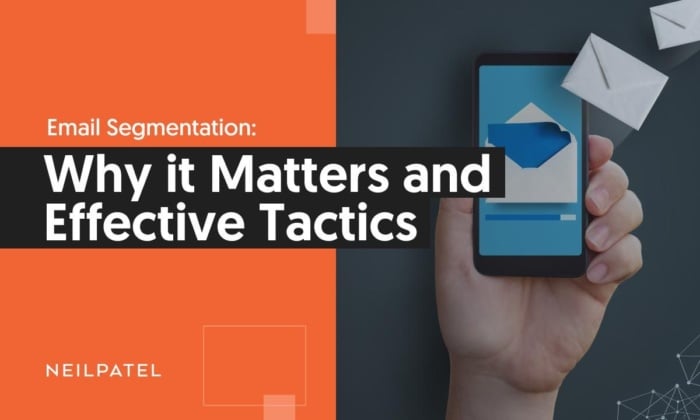
Creating tailored emails for different segments is essential in email marketing. Marketers should understand the unique needs and preferences of each group. By categorizing subscribers based on demographics, location, or purchase history, they can deliver more relevant content.
Crafting specific messages for each segment increases engagement. For instance, highlighting a new product launch to a segment that often buys new releases can drive higher conversion rates. Similarly, offering special discounts to loyal customers builds stronger relationships.
Utilizing past interactions helps refine the content further. If a segment frequently engages with blog content, including similar articles in the emails can maintain their interest. Additionally, different segments may respond better to varying visual elements or call-to-action phrases.
In summary, personalized messaging for each segment enhances relevance and fosters a stronger connection between the brand and its subscribers.
Implementing Dynamic Content in Emails
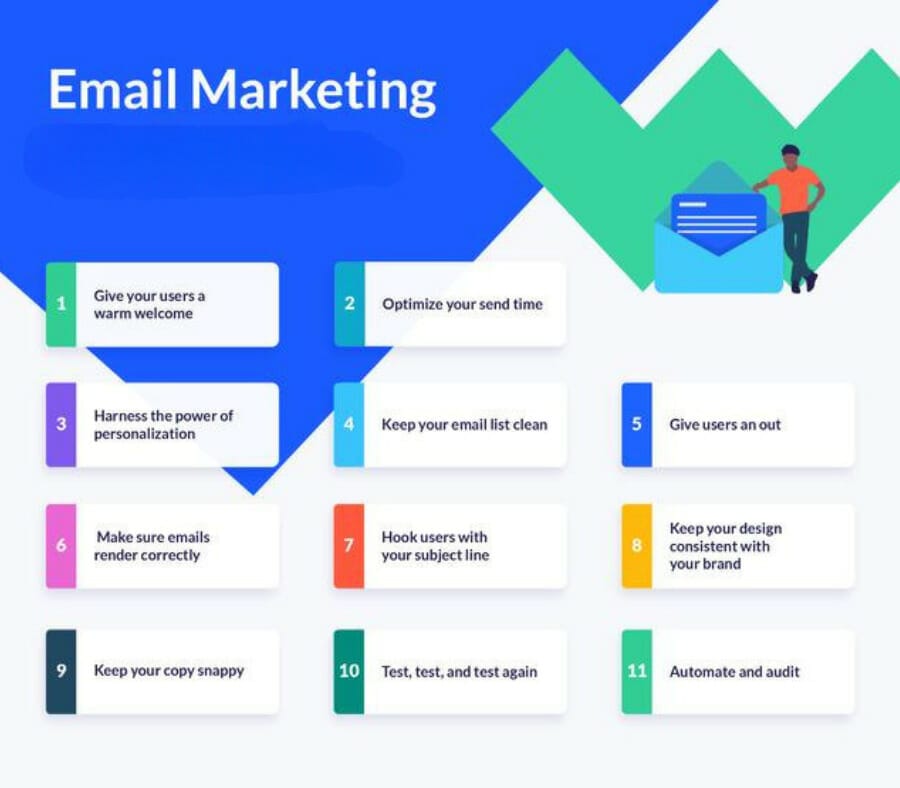
Dynamic content in emails allows for real-time personalization. By using dynamic content blocks, marketers can tailor emails based on individual subscriber information. This can include names, locations, or recent purchase history.
One common use is to adjust product recommendations. For example, if a subscriber recently bought a camera, the next email might feature related accessories. Weather-based content is another effective method. People in rainy climates might receive promotions for umbrellas or raincoats.
Dynamic content also supports event-based triggers. Birthdays or anniversaries prompt automatic personalized messages and offers. Additionally, showing different images and text for various segments enhances relevancy.
Marketers find that dynamic content increases engagement rates significantly. It makes emails feel more personal and pertinent to the reader’s needs. Automating these updates saves time and ensures consistent personalization across the subscriber base.
Automation in Email Segmentation

Automation in Email Segmentation
Automation streamlines the process of segmenting email lists. Marketers use advanced tools to segment audiences based on various criteria, reducing manual effort. These platforms analyze subscriber data to create relevant segments.
Automated workflows trigger specific actions based on user behavior. For example, an abandoned cart triggers a reminder email. Such automated processes ensure timely and personalized communication.
Personalization becomes more efficient with automation. Each segment receives content tailored to their preferences and behavior patterns. Regular updates keep the data current, enhancing segmentation accuracy.
Platforms like Mailchimp or HubSpot offer robust automation features. They provide templates and options for setting up complex workflows. These tools save time and increase the customization level of email campaigns.
Ultimately, automated segmentation boosts engagement and conversion rates. Marketers can focus more on strategy while the system handles the execution details.
Utilizing Email Marketing Platforms for Automation
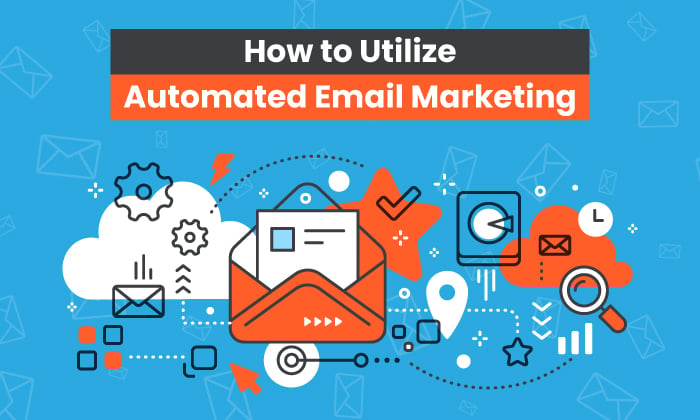
Email marketing platforms like Mailchimp, HubSpot, and ActiveCampaign offer robust tools for automation. These platforms enable marketers to create detailed workflows and segment audiences automatically. By leveraging these tools, businesses can send personalized emails without manual intervention. Automation saves time and ensures consistent communication with subscribers.
These platforms analyze user data to form precise segments. They also provide templates for various marketing scenarios, such as welcome emails or re-engagement campaigns. Automated triggers based on user actions (like clicks or purchases) guarantee timely emails, enhancing user experience.
Additionally, these platforms offer analytics to monitor performance and optimize strategies. Features such as A/B testing and detailed reporting help refine campaigns effectively. Marketers can rely on these tools to maintain accuracy and relevancy, leading to higher engagement rates. Overall, using email marketing platforms for automation is a strategic move.
Setting Up Automated Segmentation Workflows

Automated segmentation workflows streamline targeting efforts. To start, marketers should define clear goals for each segment. This involves identifying key audience characteristics like demographics and behaviors.
Next, they can use email marketing platforms to set up triggers based on user actions. For instance, a purchase could trigger a thank-you email, while a browsing action could prompt a product recommendation.
Automation ensures messages are timely and relevant. Templates for common scenarios can save time and maintain consistency across campaigns.
Additionally, periodic updates to these workflows are essential. Adjustments based on performance data help refine strategies.
Detailed analytics and reporting from these platforms offer insights into what works. Monitoring these metrics allows for continuous improvement. Overall, automating segmentation workflows amplifies marketing efforts and enhances customer engagement.
Analyzing and Optimizing Segmentation
Analyzing and Optimizing Segmentation
Email segmentation analysis starts with tracking key metrics. Marketers should monitor open rates, click-through rates, and conversion rates for each segment. These metrics highlight which segments are most engaged.
Comparing performance across segments helps identify underperforming areas. Adjustments can then be made to improve effectiveness. For instance, changing the email content or timing might boost engagement.
A/B testing is another valuable tool. Testing different subject lines, offers, or layouts within segments can provide insights into what resonates best. This approach allows marketers to refine their strategies continually.
Customer feedback also plays a crucial role. Surveys and direct responses help understand audience preferences. Responding to this feedback ensures the content remains relevant and engaging.
Finally, regular reviews of segmentation criteria are necessary. As audience behaviors and demographics evolve, updating these criteria maintains the relevance and effectiveness of marketing campaigns. Continuous optimization leads to more successful email marketing efforts.
Tracking Email Campaign Performance by Segments
To track email campaign performance by segments, marketers start by monitoring key metrics. Open rates reveal the initial engagement level of each segment. Click-through rates (CTR) provide insights into how compelling the content is. Conversion rates measure the success of the campaign in driving desired actions.
Comparing these metrics across different segments helps identify which groups are more responsive. It also highlights underperforming segments that need attention. For effective tracking, email marketing platforms often offer built-in analytics tools.
Additionally, creating detailed reports allows for a deeper analysis. Reports should break down performance by demographics, behavior, and other criteria. Regularly reviewing these metrics helps in making data-driven decisions.
Adjustments can then be made based on these insights. Whether it’s tweaking the subject line or changing the offer, optimizing for each segment enhances overall campaign effectiveness. Continuous monitoring and refinement are essential for sustained success.
A/B Testing for Segmented Email Campaigns
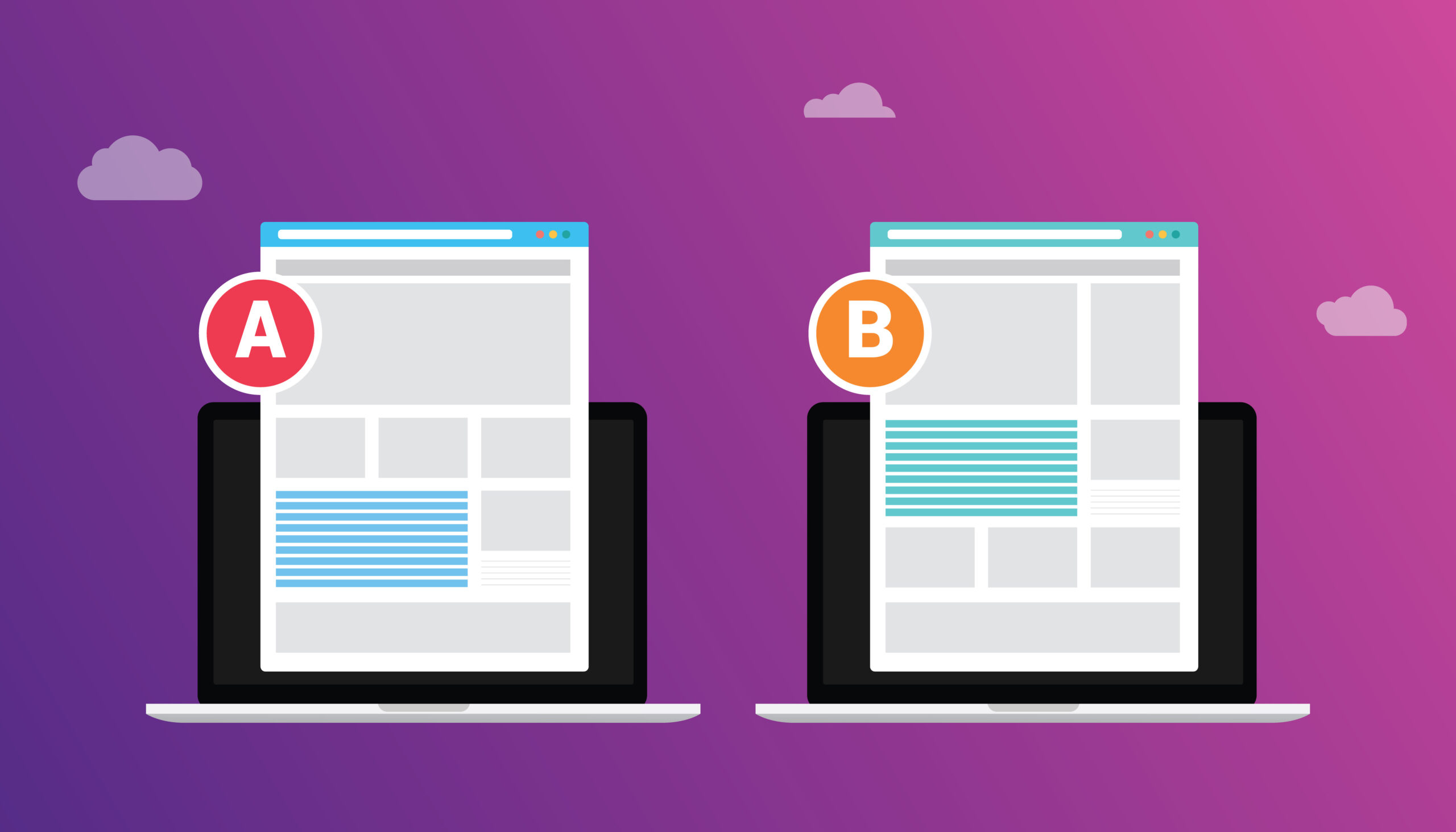
A/B testing is essential for refining segmented email campaigns. Marketers should start by creating two versions of an email. Each version should have one varied element, such as the subject line or call-to-action. Sending these versions to different segments helps determine which performs better.
Tracking open rates and click-through rates provides clear insights. This data reveals which elements resonate more with each segment. For accurate results, tests should run for a sufficient period. This ensures that the data collected is statistically significant.
The insights gained from A/B testing aid in making informed adjustments. These adjustments can then be applied to enhance future campaigns. It helps in optimizing content tailored specifically to each segment’s preferences. Continuous testing and refinement lead to better engagement and higher conversion rates.
Ultimately, A/B testing is a powerful tool for maximizing the effectiveness of segmented email marketing strategies.
Conclusion

Email segmentation plays a crucial role in modern marketing strategies. By dividing email lists into specific segments, marketers can create more relevant content. This leads to higher engagement rates and better customer satisfaction.
Key takeaways include understanding the importance of segmentation, implementing effective strategies, and personalizing content for each segment. Utilizing email marketing platforms for automation simplifies the process and ensures timely delivery. Regular analysis and optimization are essential for maintaining high performance.
Moving forward, businesses should focus on refining their approach to email segmentation. Continuous testing and data analysis help improve campaign results over time. By adopting these best practices, companies can enhance their email marketing efforts, resulting in increased conversions and stronger customer loyalty. These steps pave the way for more effective and efficient marketing campaigns.
Key Takeaways for Effective Email Segmentation
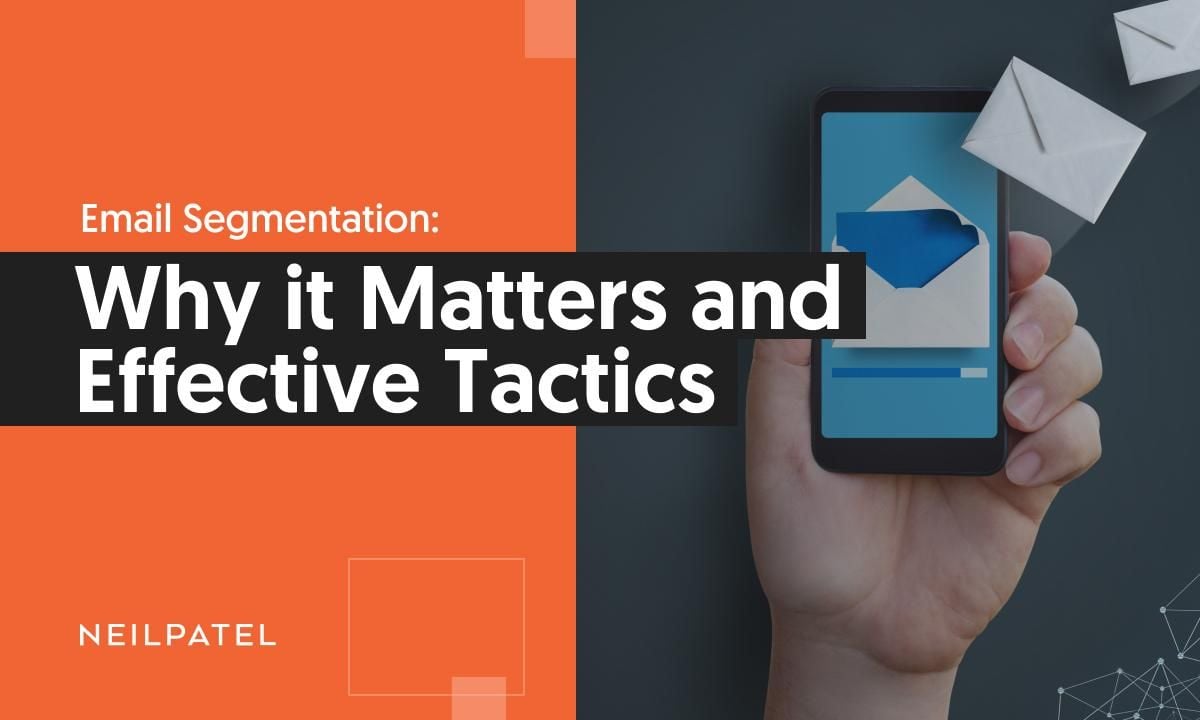
Email segmentation is vital. It allows marketers to send more personalized content. Relevance increases engagement and customer satisfaction.
Knowing the audience is crucial. Create segments based on demographics and behaviors. This ensures messages are tailored. Automated tools make segmentation easier. They help in delivering timely and precise emails.
Testing is essential. A/B testing boosts performance. Segmented email campaigns need regular analysis. Track metrics like open rates, click-through rates, and conversions.
Customization drives results. Dynamic content can cater to various segments. It adds a personal touch. Engage customers by addressing their specific needs.
Consistency matters. Maintain and update email lists regularly. Refine segments over time using data insights.
In summary, focus on understanding and dividing the audience effectively. Use automation wisely and keep refining strategies through continuous testing and analysis for successful email marketing.
Next Steps for Implementing Segmentation Strategies
Businesses should begin by auditing their current email lists. Identifying key customer segments based on existing data is crucial. Next, they need to choose an email marketing platform that suits their needs. This platform should offer robust segmentation and automation features.
Creating detailed customer personas will help in tailoring content. Marketers should define clear goals for each segment, aligning them with broader business objectives. Incorporating dynamic content to personalize emails further enhances engagement.
Regular testing is essential. Perform A/B tests to determine the most effective messaging and layouts. Monitor campaign performance closely and be prepared to make adjustments.
Training staff on using segmentation tools effectively is also important. Continuous education ensures the team stays updated with new features and best practices. Finally, businesses should keep refining their strategies using data insights to maintain relevance and drive better results.
